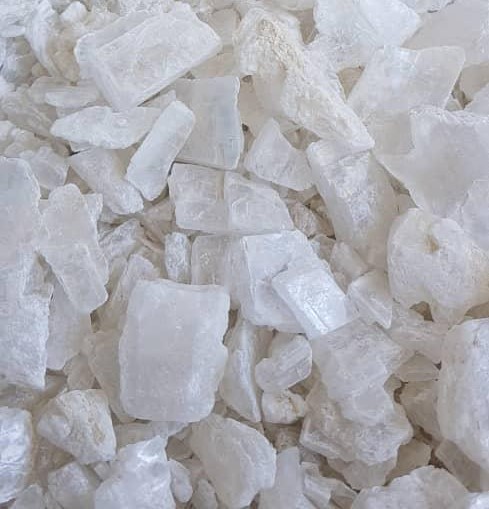Description Of Gypsum Crystals
Gypsum has many interesting properties, including its very unique crystal habits. Many Gypsum crystals are found perfectly intact without distortions or parts broken off. Such crystals are found in a clay beds as floater crystals, where they fully form without being attached to a matrix. Gypsum crystals are known for their flexibility, and slim crystals can be slightly bent. (Though trying to bend good crystals is not recommended, as their flexibility is weak, and if flexed too much they will break.)
Gypsum has the same chemical composition as the mineral Anhydrite, but contains water in its structure, which Anhydrite lacks. Many Anhydrite specimens absorb water, transforming into the more common Gypsum. Some Gypsum specimens show evidence of this, containing growths of crumpling layers that testify to their expansion from the addition of water.

In a small number of Gypsum specimens, water gets trapped inside a crystal in a hollow channel while the crystal forms. When such a crystal is rotated, a water "bubble" moves around inside it toward the lowest point in the channel. Such specimens are considered a mineralogical oddity, and are very desirable to collectors. These are called "enhydros".
Gypsum sometimes forms in sandy areas, and crystals may trap sand inside when forming, causing a specimen to become brown or gray and opaque. These sand inclusions sometimes form hourglass formations in a crystal. They are also present in the well-known "Desert Rose", which is rosette shaped Gypsum with sand inclusions. (The term "Desert Rose" also applies to rosette shaped Barite with sand inclusions, and the two should not be confused.)
Gypsum specimens should only be cleaned with water. Soaps and detergents should be avoided, as they can enter cracks and crevices of a crystal and ruin its luster.









